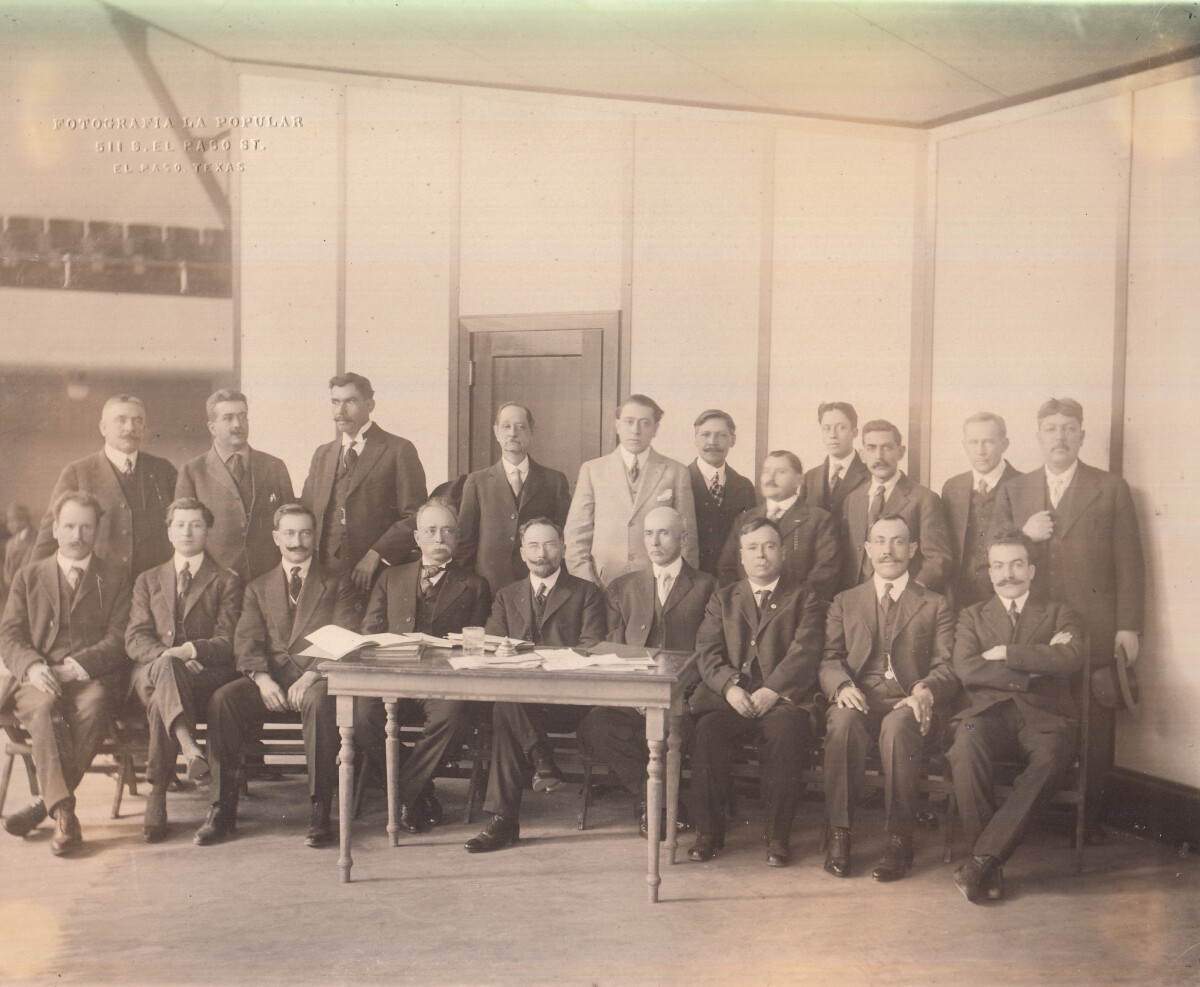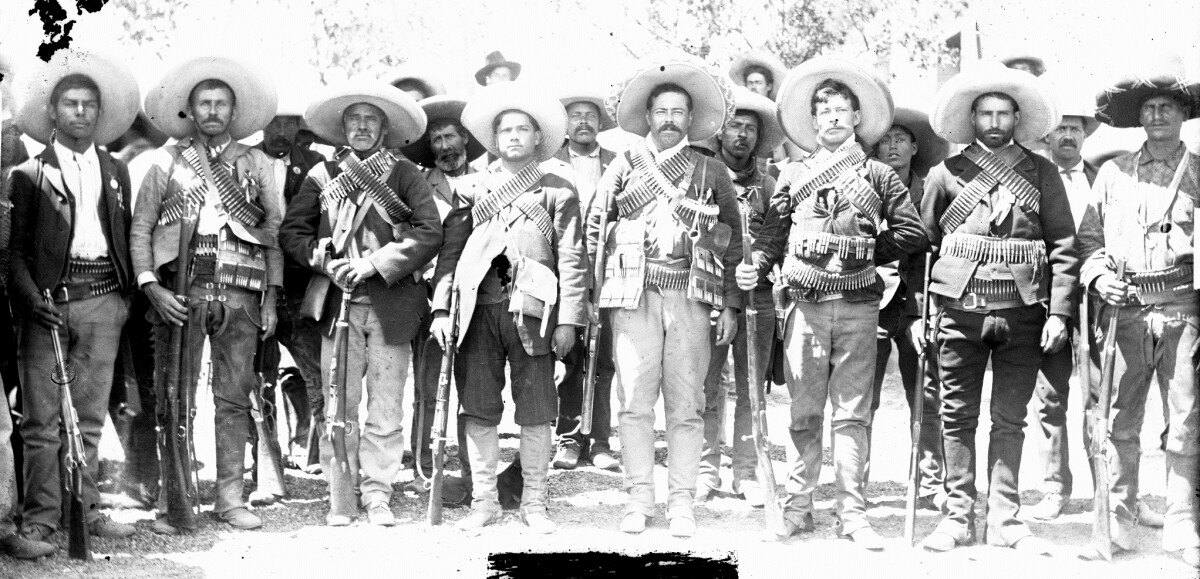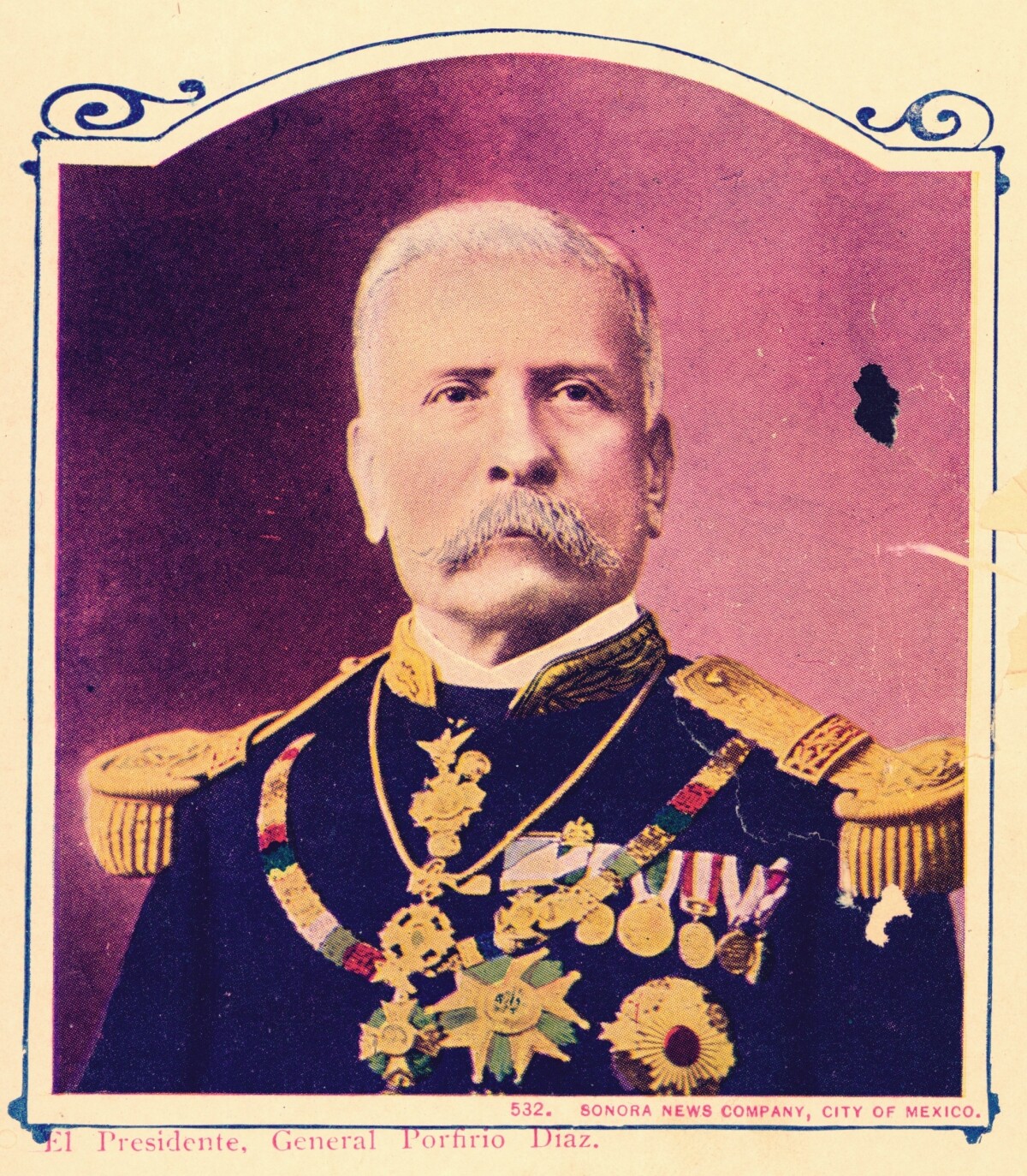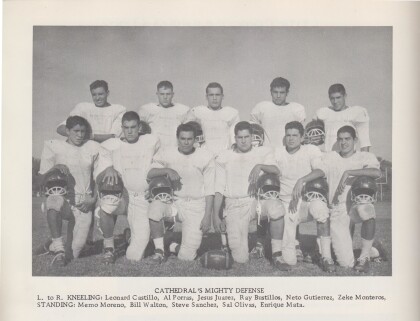Report this entry
More from the same community-collection
Cathedral High School - Senior Retreat - 1964
Photograph: Group photo of Cathedral High School's senior ...
Cathedral High School - School Newspaper - 1964
Photograph: A page from Cathedral High School's 1964 yearbook ...
Cathedral High School - Junior Varsity Team - 1964
Photograph: A page from Cathedral High School's 1964 yearbook ...
Cathedral High School - Irishmen Club - 1964
Photograph: A page from Cathedral High School's 1964 yearbook ...
Cathedral High School - Varsity Football Team - 1964
Photograph: A page from Cathedral High School's 1964 yearbook ...
Cathedral High School - Varsity Football Team - 1964
Photograph: A page from Cathedral High School's 1964 yearbook ...
Cathedral High School - Legion of Mary - 1964
Photograph: A page from Cathedral High School's 1964 yearbook ...
Cathedral High School - Basketball Team - 1964
Photograph: A page from Cathedral High School's 1964 yearbook ...
Cathedral High School - Cheerleaders - 1964
Photograph: A page from Cathedral High School's 1964 yearbook ...
Class of 1931 - Cathedral High School - El Paso, Texas
James T. Jennings, Rene R. Mascarenas, Fred L. Huttanus, Francis ...
Rene R. Mascarenas - 1931 - Cathedral High School
Rene R. Mascarenas - 1931 - Cathedral High School became mayor ...
L.A. Munoz, L. Villareal, F.L. Cook, and L.J. Banes
L.A. Munoz, L. Villareal, F.L. Cook, and L.J. Banes 1928 ...
Cathedral High School - 1930 - El Paso, Texas
Cathedral High School - 1930 Harry R. Hambleton, Arthur B. ...
Cathedral High School - 1931 - El Paso, Texas
Cathedral High School - James H. Himel, and Marshall E. Condon, ...
Marshall Condon, grad Cathedral High El Paso, Texas 1931
Marshall E. Condon, grad Cathedral High 1931 - El Paso, Texas.
Cathedral High School Faculty - 1993
Cathedral High School El Paso, Texas Faculty Yearbook 1993 - ...









































Comments
Add a comment